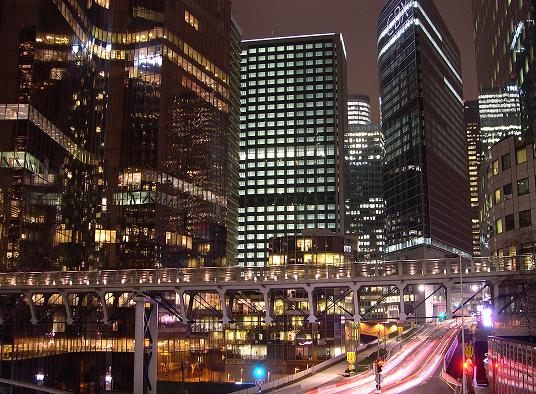In the first phase of a study to find the relationship between the level of lighting and the types of cancer, it was discovered that there is a clear connection between the levels of lighting at night and electricity consumption and prostate cancer. These data emerged from three different methods of statistical regression.

In countries where there is a greater amount of artificial lighting at night, there is a higher percentage of prostate cancer patients - according to a new study conducted at the University of Haifa. This finding joins a previous finding that found that exposure of women to artificial light at night increases the incidence of breast cancer. The study was published in the scientific journal Chronobiology International.
In a study conducted by Prof. Avraham Haim, Prof. Boris Portnov and Iti Kellogg from the University of Haifa together with Richard Stevens from the University of Connecticut, the researchers sought to test the effects of various factors, including the level of artificial light (lighting) at night on the incidence of three types of cancer: Prostate gland, lungs and colon in men worldwide.
For this purpose, data was collected from 164 countries on the incidence of these types of cancer in men from the database of the International Agency for Research on Cancer. Data on nighttime lighting levels were collected from the US Department of Defense's Weather Satellite Project. These data were weighed with additional data such as the population density, the area of the country and more to arrive at an index that most accurately describes the "amount of artificial light at night per person". As mentioned, the researchers examined other factors such as electricity consumption, the percentage of the urban population, socioeconomic status and other variables.
In the first phase of the study, it became clear that there is a clear connection between the lighting levels at night and electricity consumption and prostate cancer. These data emerged from three different methods of statistical regression.
After that, the researchers isolated the variable "the amount of artificial light at night per person" so that they could test its effect only. For this purpose, the countries were divided into three groups: countries with low exposure to lighting at night; countries with medium exposure to night lighting; and countries with high exposure to night lighting.
The findings showed that the prevalence of patients with the disease in countries with low exposure was 66.77 patients per 100 thousand inhabitants. In the countries with medium exposure there was a 30% increase to 87.11 patients per 100 thousand inhabitants. In the countries with the highest exposure there was a jump of 80% to 157 patients per 100 thousand inhabitants.
According to the researchers, there are several hypotheses that exposure to lighting at night increases the chance of getting prostate cancer, such as: suppression of melatonin production, suppression of the immune system, damage to the body's 'biological clock mechanism' as a result of the confusion between day and night, and more. But there is no doubt that this connection exists. "It doesn't mean that we have to go back to the Middle Ages and darken the country. This means that this relationship must be taken into account in the planning of the country's energy policy," the researchers noted.
They also added in the Israeli context that the increase in artificial lighting is currently considered a source of pollution by the World Health Organization. That is why there are problems with the call of the Ministry of Environmental Protection and the Ministry of Infrastructure to use energy-saving light bulbs, which lead to increased lighting. According to them, the state should encourage saving on lighting and reducing the intensity of pollution.
Tags: biology, cancer, artificial lighting

3 תגובות
The correlative studies mislead the public: they do not neutralize a great many relevant variables (such as: the number of polluting vehicles in that country, the number of tests to detect cancer, etc.). Only at the end of the article, in a negligible number of lines, is there a disclaimer of this kind.